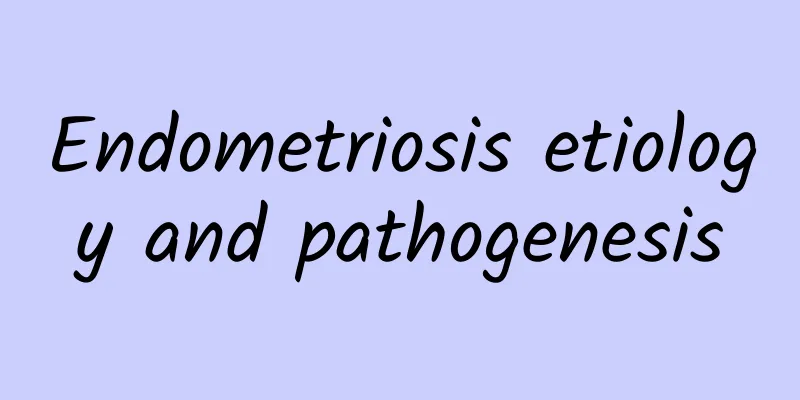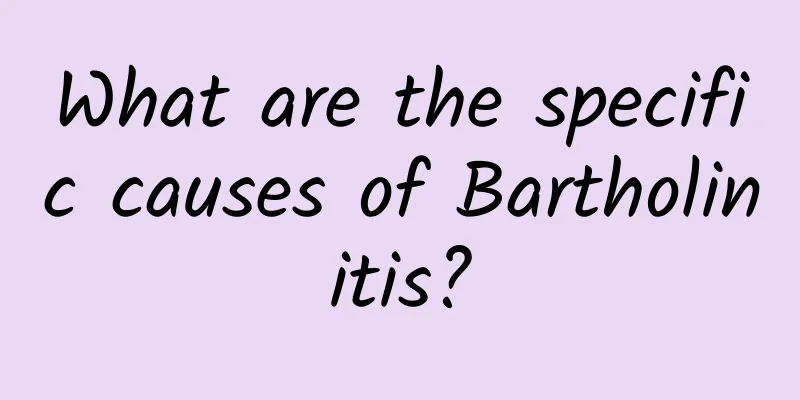Endometriosis etiology and pathogenesis

|
The etiology and pathogenesis of endometriosis have not yet been fully clarified, but it is mainly related to genetic factors, retrograde menstruation, immune abnormalities, and the combined effects of environment and hormones. The pathological characteristic of this disease is that endometrial tissue appears outside the uterine cavity, leading to inflammatory reactions, pain and infertility. Genetic factors may play an important role in this disease. Studies have found that women whose mothers or sisters have endometriosis in their families have a significantly increased risk of developing the disease. Environmental factors include long-term exposure to harmful substances such as dioxins, which may interfere with the endocrine system, aggravate hormonal disorders, and increase the risk of endometriosis. Retrograde menstruation is currently a hypothesis with a high support rate. Some menstrual blood and the endometrial tissue in it enter the pelvic cavity through the fallopian tubes and grow in the pelvic area. Abnormalities in the immune system may make it impossible for the body to effectively clear these endometrial tissues that have separated from the uterine cavity, allowing them to continue to survive in the body and cause chronic inflammatory responses. Imbalance in hormone levels is also closely related to this disease. Excessive estrogen will stimulate the growth of ectopic endometrial tissue, while insufficient progesterone cannot effectively inhibit its further spread. Genetic factors may play an important role in this disease. Studies have found that women whose mothers or sisters have endometriosis in their families have a significantly increased risk of developing the disease. Environmental factors include long-term exposure to harmful substances such as dioxins, which may interfere with the endocrine system, aggravate hormonal disorders, and increase the risk of endometriosis. Retrograde menstruation is currently a hypothesis with a high support rate. Some menstrual blood and the endometrial tissue in it enter the pelvic cavity through the fallopian tubes and grow in the pelvic area. Abnormalities in the immune system may make it impossible for the body to effectively clear these endometrial tissues that have separated from the uterine cavity, allowing them to continue to survive in the body and cause chronic inflammatory responses. Imbalance in hormone levels is also closely related to this disease. Excessive estrogen will stimulate the growth of ectopic endometrial tissue, while insufficient progesterone cannot effectively inhibit its further spread. Early screening and a healthy lifestyle are essential for the prevention and management of endometriosis. Regular gynecological examinations can help detect potential problems early, especially when there is severe menstrual pain, irregular bleeding or infertility, and you should seek medical attention for further diagnosis. The diet can appropriately increase the intake of fish rich in omega-3 fatty acids, such as salmon, because their anti-inflammatory effects can relieve symptoms; at the same time, avoid high-fat, high-refined sugar foods to reduce the risk of inflammation. Continuous moderate exercise, such as yoga or swimming, can also improve hormone balance in the body and enhance immune function, further helping to manage the condition. If endometriosis is diagnosed, early treatment includes drug control, such as GnRH agonists, birth control pills or progestins; severe patients may require surgical treatment, such as laparoscopic removal of lesions or hysterectomy. |
<<: How to judge uterine prolapse and what to do
>>: Can patients with adenomyosis eat shrimp?
Recommend
Survey: 45% of parents have used goat milk powder for their babies
Goat milk has many benefits! According to an onli...
After the Chinese New Year, digestive obesity has become a golden period for weight loss
From the Lunar New Year to after the Lantern Fest...
Is lumbar pain a symptom of pelvic inflammatory disease?
Is lumbar pain a symptom of pelvic inflammatory d...
The main causes of cervical erosion in women
Cervical erosion is a gynecological disease that ...
Where to get professional treatment for endometriosis
Where is the professional place to treat endometr...
How much does it cost to treat endometrial thickening?
For some common problems of endometrial thickness...
Mild cervical erosion symptoms need careful observation
As long as cervical erosion can be detected in th...
One person eats for two? Dispelling misconceptions
After learning that she is pregnant, the expectan...
What to do if you have pelvic inflammatory disease?
What to do if you have pelvic inflammatory diseas...
What should women pay attention to in their diet during menopause?
During menopause, you need to pay attention to so...
Enzyme fasting helps you lose weight and gets rid of all minor health ailments!
When I am on vacation at home, my family often ge...
Dark chocolate not only protects your heart, but also reduces the risk of stroke! Nutritionist Zhao Hanying: 4 must-know benefits of chocolate
Chocolate is popular among girls because of its s...
Causes of Endometrial Tuberculosis
The cause of endometrial tuberculosis needs to be...
What are the differences and symptoms of polycystic ovaries and ovarian cysts?
What is the difference between polycystic ovary a...
Experts give you a detailed analysis of the best time for abortion
Abortion can have a great impact on our lives, bu...









